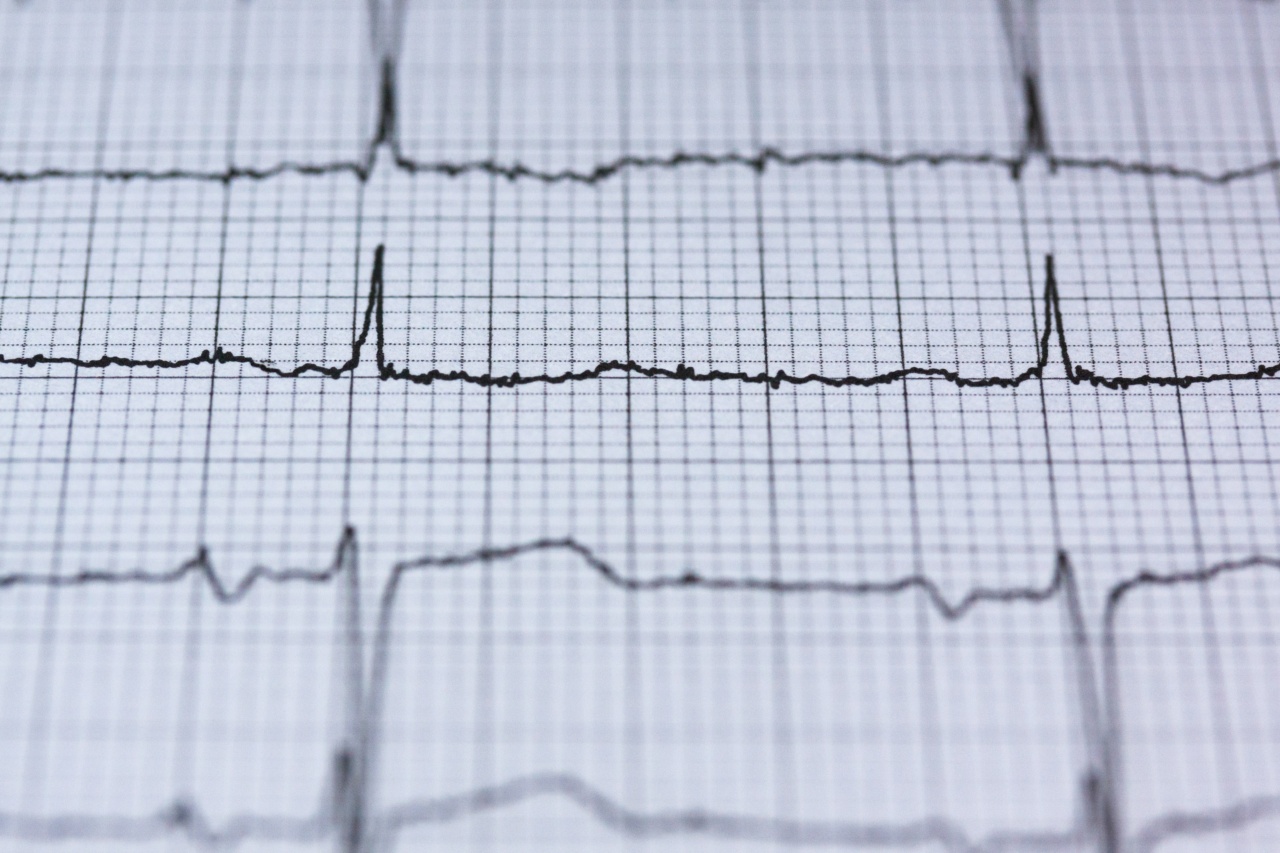Your heartbeat is not just a mechanical pumping of your heart, but it reflects your body’s overall health and wellness.
Your heart is a sophisticated organ that beats around 100,000 times a day and pumps about 2,000 gallons of blood throughout your body. Your heartbeat is regulated by your autonomic nervous system that ensures that your heart rate matches your body’s needs.
Your heartbeat can give essential clues to your health status, and learn how to decode it can help you take better care of your health.
What is a normal heartbeat?
A normal heartbeat is between 60 to 100 beats per minute in adults. Heartbeats are counted through a pulse rate, measured in beats per minute (BPM), that can be checked on the wrist, neck, or the chest.
Your heartbeat can vary depending on your age, fitness level, stress level, medication, or health conditions, and it’s essential to know your normal baseline heart rate for your age and activity level. A heart rate above 100 beats per minute or below 60 beats per minute can indicate an underlying health condition that requires medical attention.
Decoding your heartbeat rhythm
Aside from the heart rate, the rhythm of your heartbeat is another critical factor that determines your heart’s health. The rhythm refers to the pattern of your heartbeat, and any deviations can indicate an underlying problem.
Here are some common rhythm patterns and what they can reveal about your health:.
1. Regular rhythm
A regular rhythm means that the intervals between your heartbeats are consistent. A regular rhythm is considered normal and healthy since it implies that your heart is healthy and working efficiently.
A regular rhythm can also indicate that your body and mind are in a relaxed state, which can reduce stress levels and help maintain a healthy heart rate.
2. Irregular rhythm
An irregular heartbeat can indicate an arrhythmia, a condition where your heart beats too fast, too slow, or irregularly. An arrhythmia can be harmless, but in some cases, it can increase the risk of stroke, heart failure, or sudden cardiac arrest.
Factors that can cause an arrhythmia include high blood pressure, heart disease, diabetes, stress, and stimulants such as caffeine or nicotine. An irregular heartbeat can also be a symptom of other underlying health conditions such as thyroid dysfunction, anemia, or viral infections.
3. Skipping beats
Sometimes, you may notice that your heart skips a beat or adds an extra beat. Occasional skipped beats are normal and harmless, but frequent episodes can indicate an arrhythmia or other health problems.
Skipping beats can also be caused by excessive consumption of caffeine, alcohol, nicotine, or other stimulants.
4. Rapid heartbeat
A rapid heartbeat, also called tachycardia, is when your heart beats faster than 100 beats per minute at rest. A fast heartbeat can be caused by exercise, stress, anxiety, or medication.
However, persistent tachycardia can be a sign of underlying health problems such as anemia, hyperthyroidism, heart disease, or arrhythmias.
5. Slow heartbeat
On the other hand, a slow heartbeat, also called bradycardia, is when your heart beats less than 60 beats per minute. A slow heartbeat can be normal in athletes or people who exercise regularly.
However, bradycardia can also be a sign of underlying health problems, including hypothyroidism, heart blockage, or damage to the heart’s electrical system.
How to monitor your heartbeat
Monitoring your heartbeat can give you valuable insights into your heart health and help you make better decisions about your lifestyle and medical care. Here’s how you can monitor your heartbeat:.
1. Check your pulse rate
You can check your pulse rate by placing two fingers on your wrist, neck, or chest and counting the beats for one minute. Alternatively, you can use a heart rate monitor, a device that tracks your heartbeat and provides real-time feedback.
A heart rate monitor can be useful if you’re exercising or recovering from a heart condition.
2. Use a mobile app
Several mobile apps are available that can help monitor your heartbeat, record your pulse rate, and track your heart health over time. These apps can also provide customized recommendations based on your heart status and other health factors.
3. Wear a fitness tracker
Wearable fitness trackers can monitor various aspects of your health, including your heartbeat. Most fitness trackers come with a built-in heart rate monitor that measures your pulse rate throughout the day.
Fitness trackers can also track your physical activity, sleep, and other health metrics that are essential for maintaining a healthy heart.
Summary
Your heartbeat reflects your body’s overall health, and any deviations from a regular rhythm can indicate an underlying health condition.
Monitoring your heartbeat can give you valuable clues about your heart health and help you make better decisions about your lifestyle and medical care. If you notice any changes in your heartbeat, consult your doctor to rule out any underlying health problems.




























